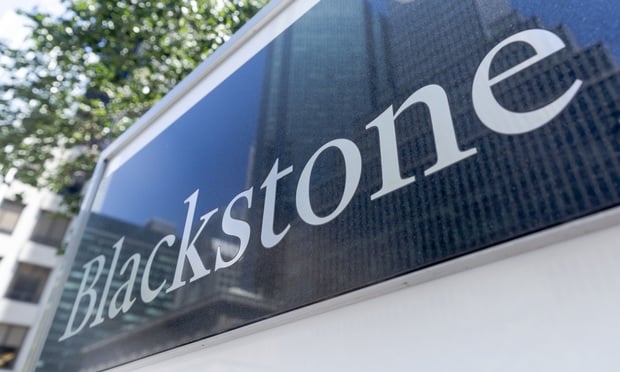LAS VEGAS—Mike Battaglia, SVP of sales and business development of Blink Charging, led a microlearning session at ICSC's national Las Vegas conference about EV charging, but tells GlobeSt.com exclusively that shopping centers and other retail real estate can play a central role in the expansion of accessible and reliable public EV charging.
We caught up with Battaglia prior to the session, where he noted that "With millions of EVs slated to come online in the years ahead, the demand for EV charging will increase sharply. The most efficient time for EVs to charge is when they are sitting idle for extended periods of time, such as overnight or in public venues like shopping centers, malls and more."
That is exactly where shopping centers and retail real estate comes into play, he explains. "With Americans only driving around 40 miles a day on average, the majority of charging will be done when cars are parked, making EV charging stations at commercial retail locations an important component of any EV charging deployment strategy."
Recommended For You
Want to continue reading?
Become a Free ALM Digital Reader.
Once you are an ALM Digital Member, you’ll receive:
- Breaking commercial real estate news and analysis, on-site and via our newsletters and custom alerts
- Educational webcasts, white papers, and ebooks from industry thought leaders
- Critical coverage of the property casualty insurance and financial advisory markets on our other ALM sites, PropertyCasualty360 and ThinkAdvisor
Already have an account? Sign In Now
*May exclude premium content© 2025 ALM Global, LLC, All Rights Reserved. Request academic re-use from www.copyright.com. All other uses, submit a request to [email protected]. For more information visit Asset & Logo Licensing.








